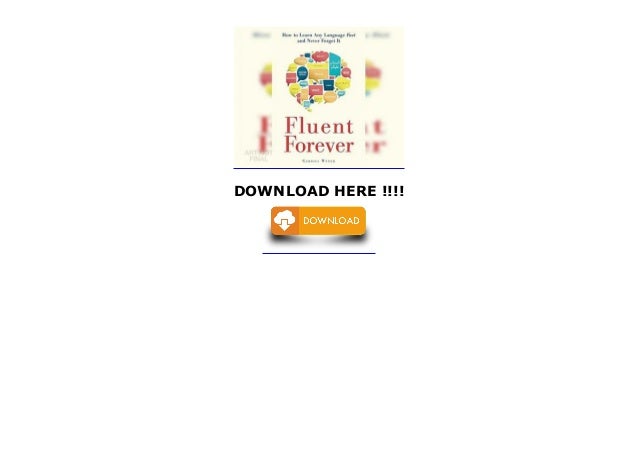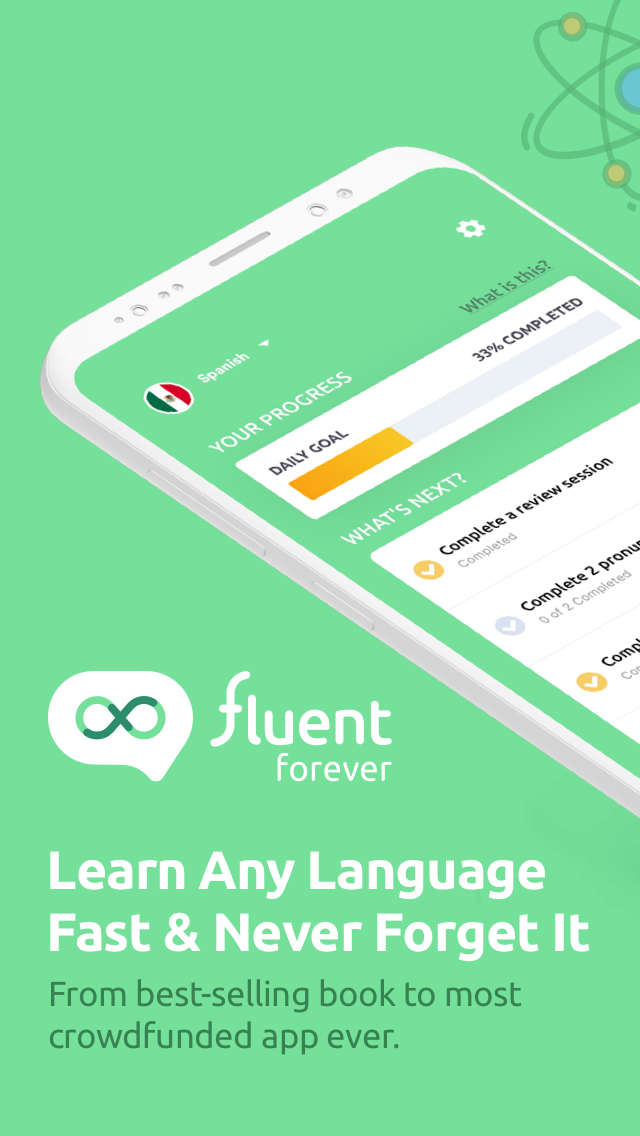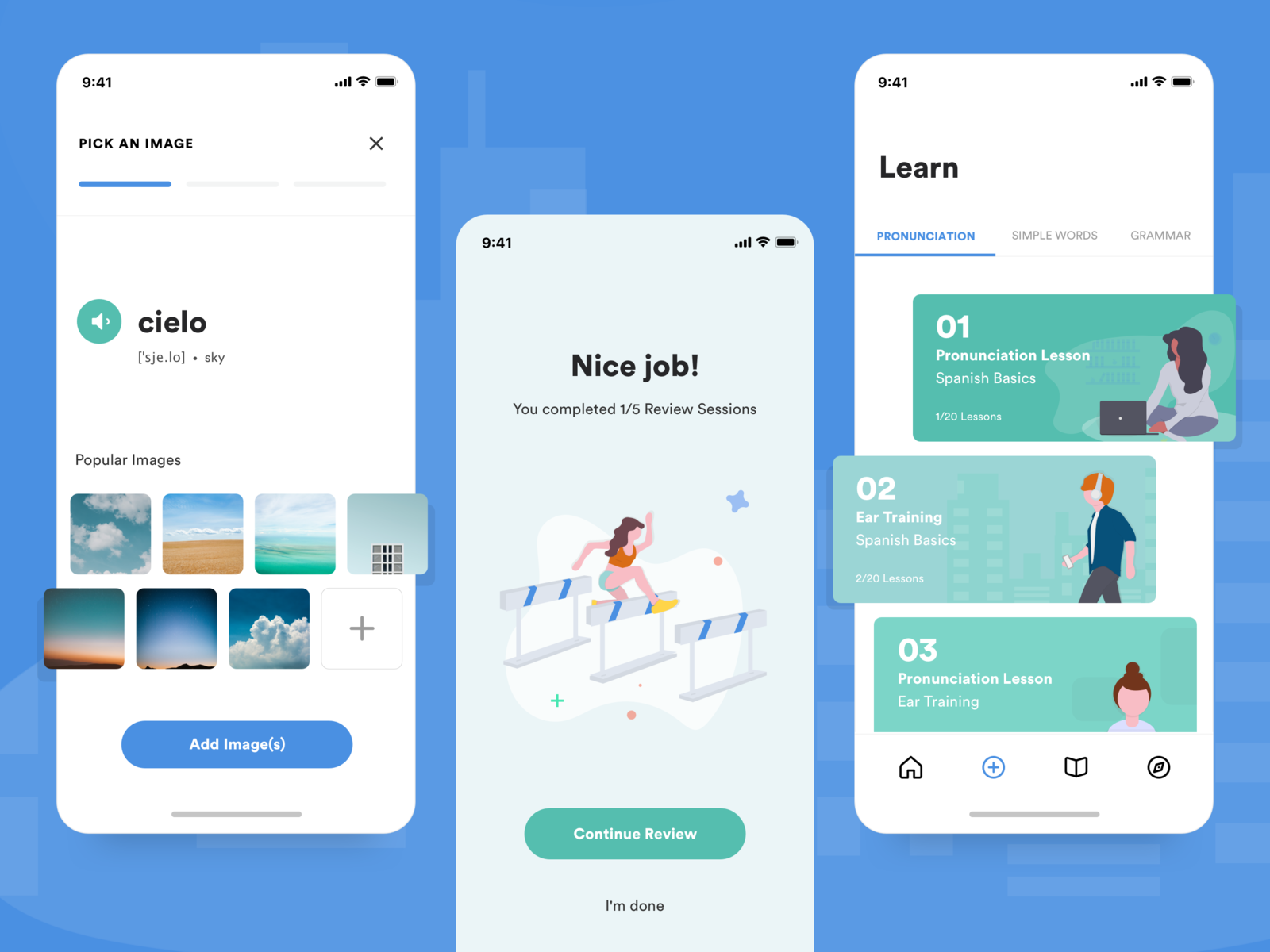

The "Sentence" box will be filled with a sentence entirely in your target language, and with the word being taught bolded. Some dictionaries also include example sentences for their languages and you can reference those as well if you know of good ones.

This is an amazing resource and can be used to fill out example sentences for most languages. This website will let you type in a word then see it used in various sentences (often with their English translation as well) across a wide variety of languages. If you are working without a course or need inspiration for sentences however there is an amazing website you can reference called Tatoeba. Some courses will have example sentences already provided, or if you are a native speaker creating a course you may be able to come up with creative and culturally specific sentences yourself. Here you will want to use the word you picked out in an example sentence to help give context to yourself or the learners as to how the word is used. Next we will work on the "Sentence" section. Since the example sentence is the top level card you can have repeat words in your target language, but try not to repeat "Word Translation" words for clarity. If it can have multiple English nuances you type the "Word Translation" like "Cat / Kitten." But try not to include unrelated homonyms under one "Word Translation" as you can make those into separate cards with different example sentences so learners can understand its context better. I would add those to the "Word Translation" section in brackets like (This). If there is any additional information you want to add to the word, like maybe the word is feminine, masculine, in a conjugated form, etc. The bold makes the card look prettier and will be important to bringing attention to the important parts of the card later. You should add in the word in your target language to the "Word" box, and the English translation of the word IN BOLD to the "Word Translation" box. So to start, lets just use the word Cat (and continue with our visual example of using Dutch). While I don't agree with all of his Anki design suggestions, the actual vocabulary list is incredibly solid. It is made by the awesome founder of Fluent-Forever, Gabriel Wyner.


If you do not have a textbook/course, or the language is so unsupported that you are working on building one of the first courses from scratch, then I highly recommend you use this word list to get started. For example, when learning with a modern Japanese textbook like Genki 1, there is word lists at the beginning of every chapter: so you can just work on making each of those words into their own card, and follow the order of the book/course. So for a new learner or teacher, you will likely want to either follow the order of a textbook/course or a wordlist when creating new cards to assure that you reach the widest variety of important words and vocabulary. But for the sake of this article I am going to assume the creator of the deck is either a learner who just finished the Basic Words and Phrases, or a teacher looking to expand the deck further for educational use. If you are a learner beyond the basic level you can start adding in words that interest you on whatever topic you want to know more about, or add in words you learned from whatever book or article you started reading that day. The thing about the Core XYZ Vocabulary deck is that unlike the Basic Words and Phrases deck there is no wordlist or direction that it suggests you go. Now we will go down the list in the order you will likely be filling it in, starting first with "Word."


 0 kommentar(er)
0 kommentar(er)
